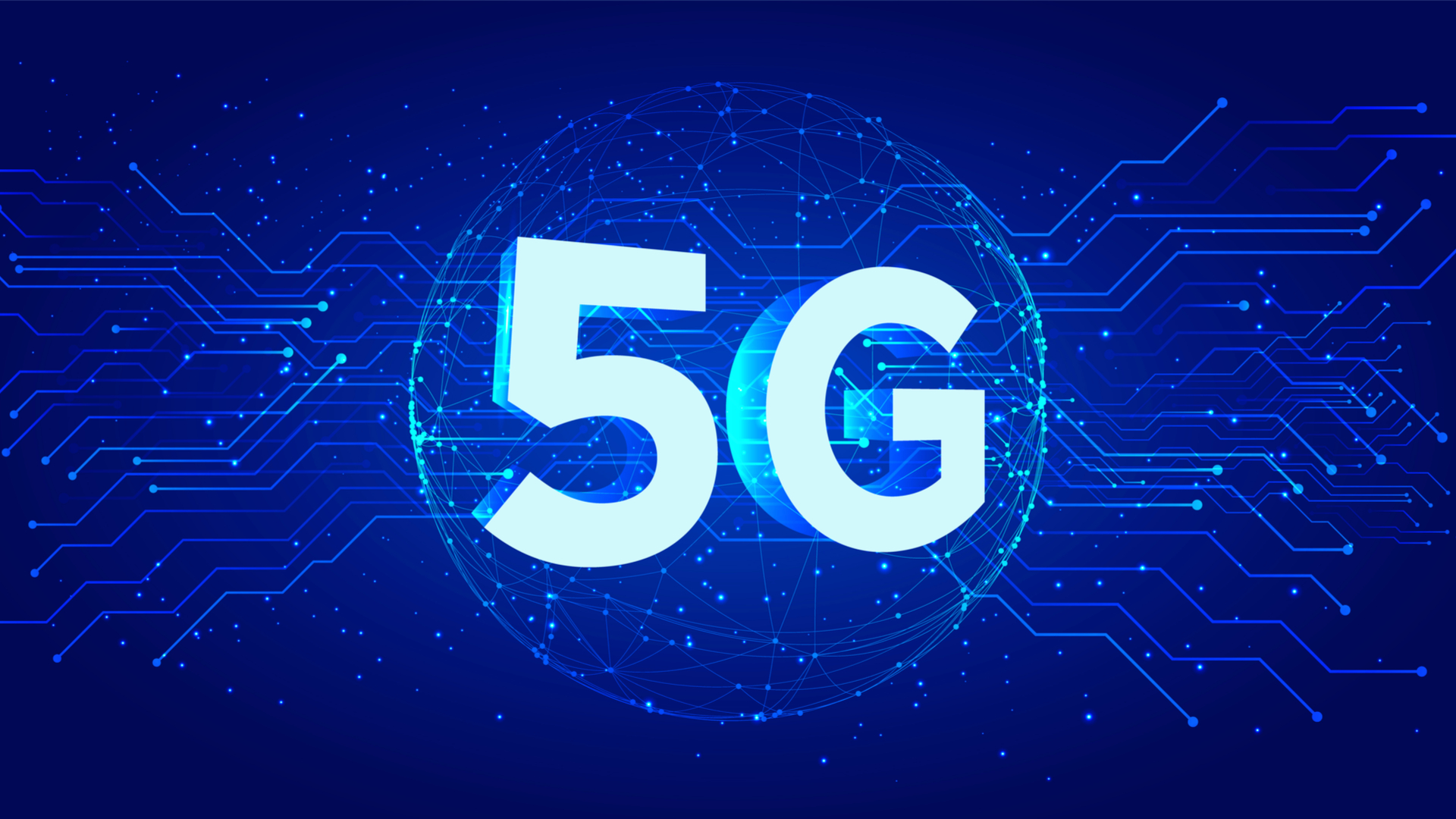Half of enterprise 5G operators lack the tools to fix security bugs
GSMA report finds that lack of security knowledge is also putting networks at risk


Major gaps in skills and tools are leaving enterprise-run 5G networks open to security risks, according to a new report.
The latest Securing 5G Era Private networks report, published by the GSMA, found that 48% of surveyed operators see not having enough knowledge or tools to discover and solve security vulnerabilities as a top challenge. This is exacerbated by a limited pool of security experts for 39% of surveyed operators.
The report said enterprise operators wanted to focus on security but would need to partner with other companies to build up their offering.
The survey of decision-makers from operators worldwide found 51% of them are prioritizing IT and cloud vendor partnerships to improve private network security, while only 22% are looking to security vendors to meet this need.
According to the report, a quarter of enterprises that haven’t amended their cyber security practices don’t feel security concerns are their responsibility. Over half (55%) saw private wireless networks as very important to successful internet of things (IoT) deployment.
But 37% of respondents haven’t amended their cyber security practices and expect IoT solutions to be secure by default. The report said that many businesses, especially smaller ones, fall victim to basic attacks because they lack baseline protection and a “minimum level of digital hygiene.”
The report also found that 44% of operators have increased demand for security services from their enterprise clients due to COVID-19. Furthermore, 45% of operators consider it extremely important to invest in security to help achieve a long-term enterprise revenue goal - a 23-percentage-point increase compared to 2020).
Get the ITPro daily newsletter
Sign up today and you will receive a free copy of our Future Focus 2025 report - the leading guidance on AI, cybersecurity and other IT challenges as per 700+ senior executives
RELATED RESOURCE

The report added that COVID-19 has proven to be a catalyst for Industry 4.0.
“It has exacerbated existing challenges and pain points for manufacturers and accelerated the need for smart connectivity and digital transformation. The digital move brings numerous benefits and introduces cybersecurity risks as it removes the physical separation (different networks). These include internally generated threats (e.g., malware infection caused by laptops brought into a factory) and external threats (e.g., lateral movement from the IT network, illegal access and vulnerability attacks from the internet),” the report said.
Ed Cabrera, chief cyber security officer for Trend Micro, said the study revealed a potential disconnect in how operators view security.
"It is obvious that operators understand the risks and have a very real desire to address cybersecurity concerns. However, some teams are trying to solve the problem without the expertise of security experts or specialist vendors,” Cabrera said.
“This is akin to hiring a plumber to fix your electricity; they might be able to identify problems or make recommendations but aren't necessarily equipped to solve the problems. To their credit, operators also understand the need to bridge this gap as they look to address the security opportunity."
Rene Millman is a freelance writer and broadcaster who covers cybersecurity, AI, IoT, and the cloud. He also works as a contributing analyst at GigaOm and has previously worked as an analyst for Gartner covering the infrastructure market. He has made numerous television appearances to give his views and expertise on technology trends and companies that affect and shape our lives. You can follow Rene Millman on Twitter.
-
 Should AI PCs be part of your next hardware refresh?
Should AI PCs be part of your next hardware refresh?AI PCs are fast becoming a business staple and a surefire way to future-proof your business
By Bobby Hellard Published
-
 Westcon-Comstor and Vectra AI launch brace of new channel initiatives
Westcon-Comstor and Vectra AI launch brace of new channel initiativesNews Westcon-Comstor and Vectra AI have announced the launch of two new channel growth initiatives focused on the managed security service provider (MSSP) space and AWS Marketplace.
By Daniel Todd Published
-
 HPE eyes enterprise data sovereignty gains with Aruba Networking Central expansion
HPE eyes enterprise data sovereignty gains with Aruba Networking Central expansionNews HPE has announced a sweeping expansion of its Aruba Networking Central platform, offering users a raft of new features focused on driving security and data sovereignty.
By Ross Kelly Published
-
 Extreme Networks targets simplicity with Platform ONE for MSPs
Extreme Networks targets simplicity with Platform ONE for MSPsNews Extreme Networks has announced a new program for MSPs which includes access to its Extreme Platform ONE to address cost challenges.
By Daniel Todd Published
-
 Zyxel Networks targets cloud networking growth with new partner program
Zyxel Networks targets cloud networking growth with new partner programNews The revamped initiative places an increased focus on the firm’s Nebula cloud platform
By Daniel Todd Published
-
 Closing the connectivity gap
Closing the connectivity gapWhitepaper Five reasons full fibre broadband is a game changer for your business
By ITPro Published
-
 Fortify your future: How HPE ProLiant Servers deliver top-tier cyber security, management, and performance
Fortify your future: How HPE ProLiant Servers deliver top-tier cyber security, management, and performanceWhitepaper Deploy servers with a secure approach
By ITPro Published
-
 Fortify your future with HPE ProLiant Servers powered by Intel
Fortify your future with HPE ProLiant Servers powered by IntelWhitepaper Enhance your security and manage your servers more effectively
By ITPro Published
-
 Architecting enterprise networks for the next decade
Architecting enterprise networks for the next decadeWhitepaper A new paradigm in network architecture
By ITPro Published
-
 Better together: HPE Aruba Networking CX switches and HPE Aruba Networking Central
Better together: HPE Aruba Networking CX switches and HPE Aruba Networking CentralWhitepaper Explore the power and simplicity of managing HPE Aruba Networking CX Switches with HPE Aruba Networking Central
By ITPro Published